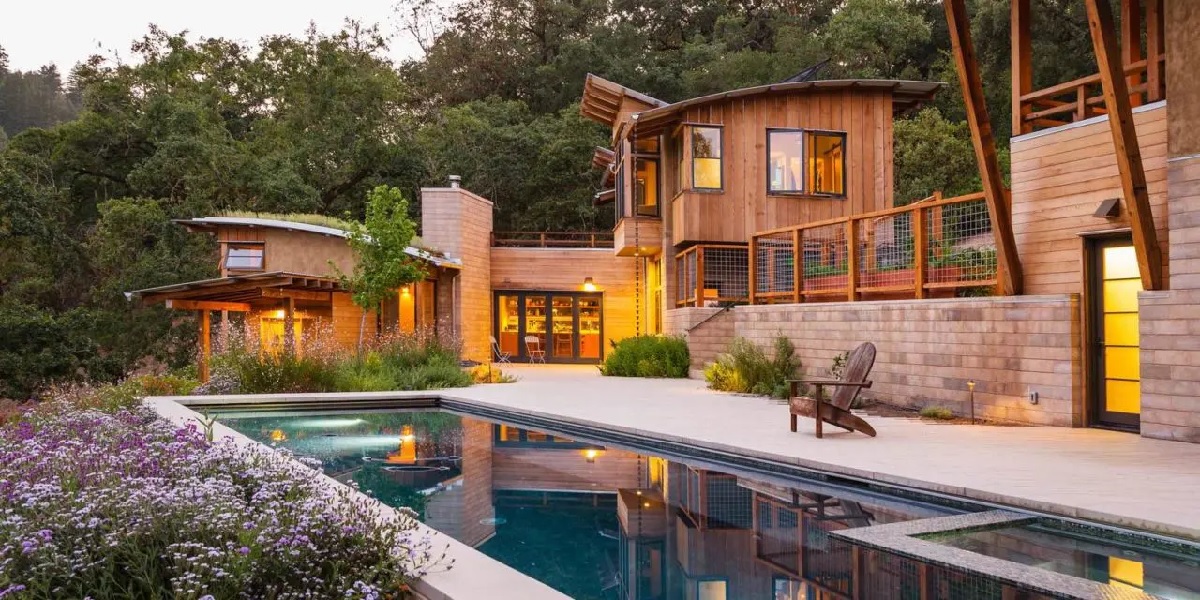With the increasing global awareness about environmental issues, people are now more conscious about their carbon footprint. One way to reduce it is through sustainable home design. In this article, we will explore the world of sustainable home design and the eco-friendly materials and practices that can help us build a greener home.
Eco-Friendly Materials
- Bamboo: Bamboo is a fast-growing and renewable resource that can be used for flooring, furniture, and even walls. It is durable and can last for years, making it a popular choice for eco-friendly homes.
- Recycled Materials: Using recycled materials such as reclaimed wood, glass, and metal can give a unique and rustic touch to your home. These materials are also eco-friendly as they reduce waste and the need for new resources.
- Natural Insulation: Traditional insulation materials such as fiberglass can emit harmful chemicals and are not eco-friendly. Natural insulation materials such as cellulose, wool, and cork are sustainable options that can provide better insulation and reduce energy consumption.
- Low-VOC Paint: Conventional paint can release volatile organic compounds (VOCs) that can harm human health and the environment. Low-VOC or zero-VOC paint options are available that are safer and eco-friendly.
Eco-Friendly Practices
- Solar Energy: Installing solar panels can reduce your dependence on traditional energy sources and lower your energy bills. It is a sustainable and eco-friendly way to power your home.
- Water Conservation: Water conservation practices such as low-flow toilets, faucets, and showerheads can save water and reduce your water bills. Collecting rainwater for gardening and landscaping is also a sustainable practice that can reduce your water usage.
- Green Roof: A green roof is a sustainable roofing option that involves planting vegetation on the roof of your home. It can reduce heat absorption, lower energy bills, and provide a green space for your home.
- Composting: Composting is a sustainable practice that can reduce waste and provide a natural fertilizer for your garden. It involves decomposing organic waste such as food scraps and yard waste to create nutrient-rich soil.
Sustainable home design is not only eco-friendly but also cost-effective in the long run. It can reduce your energy bills, lower your carbon footprint, and create a healthier living environment for you and your family. By incorporating eco-friendly materials and practices, we can build a greener and sustainable future for ourselves and the planet.

